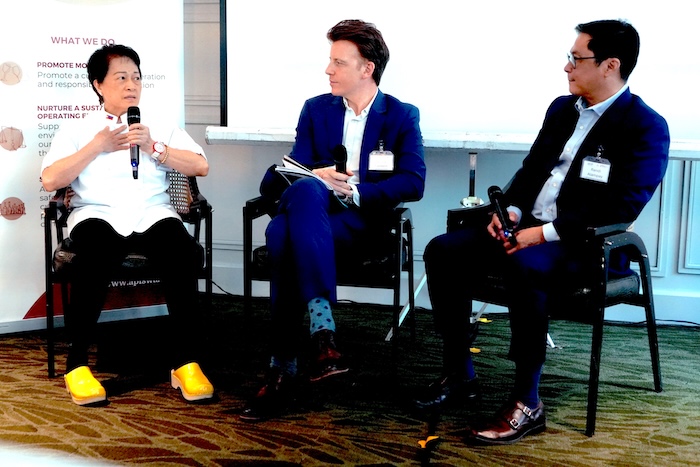
In the country where food is celebration, not just sustenance, the Philippines is finding new ways to make flavor its next big tourism driver.
The Philippines has a unique opportunity to strengthen its tourism sector by elevating visitor experiences, according to “Capturing High-Quality Tourism in Southeast Asia,” a recent study by Oxford Economics in partnership with the Asia Pacific International Spirits and Wines Alliance, and the Alcoholic Beverages Alliance of the Philippines, Inc.
At a recent Oxford Economics press launch in Manila, industry leaders, economists, and a number of chefs gathered to explore one idea: could Filipino cuisine be the key to attracting high-value travelers?
A $250 appetite for experience
Oxford Economics Director James Lambert shared a striking figure—travelers across Southeast Asia are willing to spend up to US$250 more per day for authentic, high-quality dining experiences.
“It’s a headline-grabbing number,” Lambert said. “But it shows people are willing to pay more when they feel something special—when there’s genuine value and meaning.”
This shift reflects a growing demand for experiences that connect travelers emotionally, not just luxuriously. “The Philippines already has that advantage,” Lambert added. “It’s not about inventing something new—it’s about elevating what’s already here.”
The flavor of authenticity
Professor Ramon Alampay of the UP Institute of Tourism echoed that sentiment. “High-value doesn’t always mean high price,” he said. “It means authenticity, depth, and connection.”
Food, he added, sits at the center of Filipino culture. “Dining here is storytelling—it’s culture on a plate. From the warmth of adobo to the communal joy of a boodle fight, these are experiences no Michelin star can replicate.”
While international arrivals remain below pre-pandemic levels, domestic tourism has taken the lead. “About 81 percent of tourism spending now comes from locals,” Dr. Alampay shared. “People are exploring nearby towns, rediscovering their roots—and it often starts on social media. Food tourism today begins on a phone screen.”
Building a better plate
Chef Jessie Sincioco, president and CEO of Chef Jessie’s, spoke passionately about the importance of quality ingredients in defining premium dining. “There’s no great dish without great ingredients,” she said. “It’s that simple—and that difficult.”
Her stories drew smiles and laughter from the audience—like how she once turned imported Argentinian pork into a Filipino-style crispy pata feast, much to the delight (and cholesterol levels) of the guests. But beneath the humor was a deeper truth: the Philippines still struggles with consistency in local produce.
Chef Jessie also revealed that it’s becoming rare to find truly fresh seafood in restaurants. This is because most of the best catch is immediately exported to Japan, New York, or London.
Freshness must not be compromised, and the biggest problem is the logistics.
“We can have the best seafood and crops, but if we can’t keep them fresh and reliable, the experience suffers,” she said. “Helping farmers and fixing logistics are key to sustaining premium dining.”
Still, Chef Jessie remains optimistic. She proudly recalled how sisig, the sizzling Pampanga favorite, won top honors at a global embassy chefs’ competition in Washington, D.C. “When done right, our food can stand beside the best in the world,” she said.
The future Is flavor
The discussion ended with a shared belief: the Philippines’ future in tourism lies not in imitation, but in authenticity.
As the discussion drew to a close, Chef Jessie left the room with a thought that lingered longer than dessert. “Every Filipino dish tells a story,” Chef Jessie said. “If we tell it well, people won’t just visit once—they’ll keep coming back.”
In the end, the country’s next chapter in tourism may not be written in a brochure, but on a menu—one rich with pride, place, and flavor.




